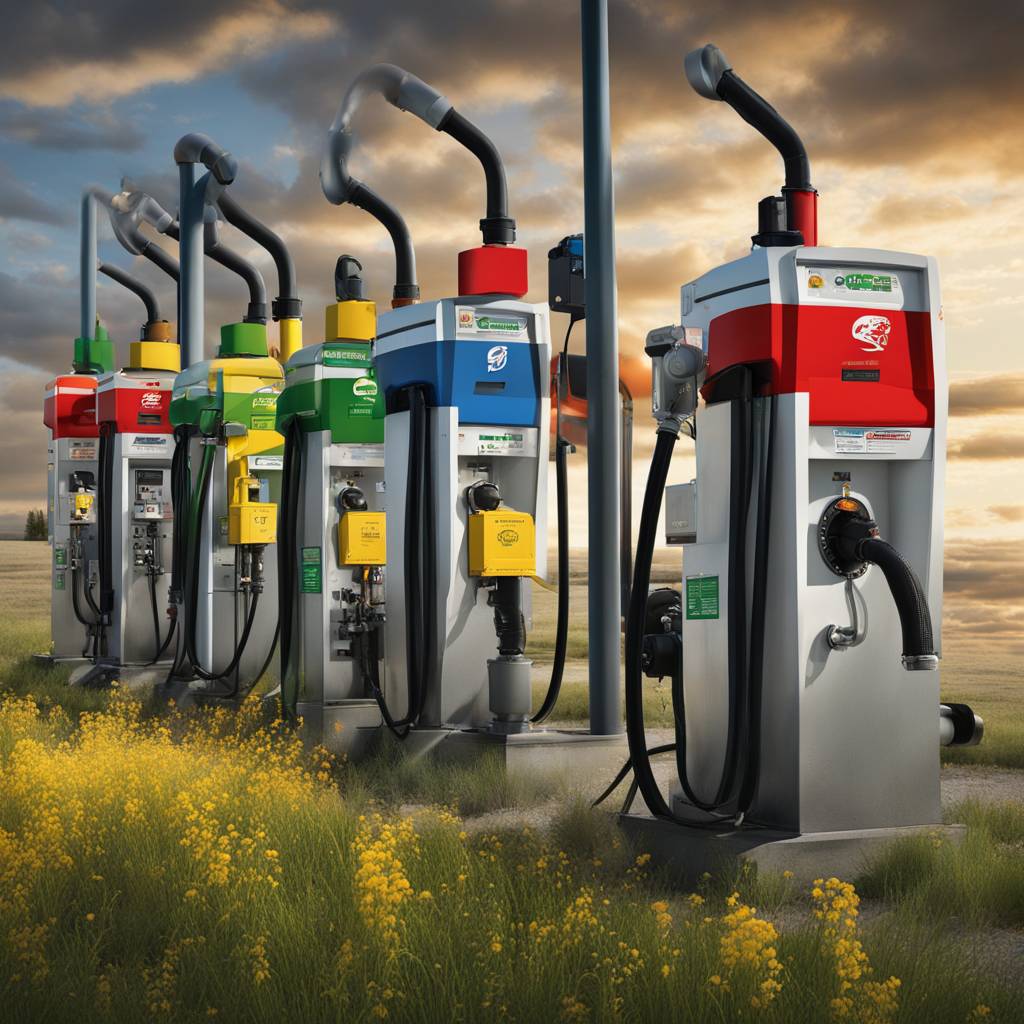The federal carbon price increased, resulting in higher gas prices and home energy bills in Saskatchewan. The price of gasoline rose by 17 cents per litre, diesel by 21 cents per litre, and natural gas by 15 cents per cubic metre. This increase could mean an additional $8 to $10 per week for Canadians filling up their tanks, resulting in around $40 more per month. Gas prices rose by about two cents per litre on Monday, with the possibility of further increases in the next 24 to 48 hours as gas stations pass along the higher carbon price emissions. Other factors, such as the summer driving season, could also contribute to rising prices.
Over the summer, gas prices are expected to gradually decrease, potentially dropping as low as $1.20 per litre by the end of the year. The purpose of the carbon price increase is to encourage people to use fewer fossil fuels, thereby reducing overall emissions from the economy. Public policy experts suggest that gradual increases to the carbon price are the most cost-effective way of reducing emissions in the country, compared to imposing intrusive regulations or implementing subsidies. The carbon price rebates are designed so that 80% of households in each province receive a rebate larger than the amount they pay through higher prices, maintaining their purchasing power while incentivizing them to reduce their use of carbon-intensive products.
Despite the benefits of the carbon price increases, some residents, particularly in Saskatchewan, may not receive rebates as the province’s government refuses to remit the federal levy on natural gas. This has led to tensions between the federal government and provincial governments, with Saskatchewan’s Premier threatening not to pay the levy on other affected items if residents do not receive rebates. The agricultural sector in Saskatchewan is facing challenges due to the carbon price increase, with farmers using propane or natural gas for heating experiencing additional costs. While diesel fuel used on farms is exempt from the carbon price, commercial transportation, including trucking and railroads, is subject to the tax, leading to increased costs for producers.
Overall, the federal carbon price increase aims to reduce emissions by encouraging individuals and businesses to transition away from fossil fuels. While some Canadians may face higher costs at gas stations and on energy bills, the rebates are designed to offset these expenses for the majority of households. However, challenges remain, especially in provinces where governments resist enforcing the carbon levy. The balancing act between incentivizing emission reduction and mitigating financial burdens on residents and businesses is an ongoing issue that requires effective communication and cooperation between federal and provincial governments. As the country continues its transition towards a low-carbon economy, finding the right policies and strategies to achieve emission reduction targets while minimizing economic impacts will be key.


